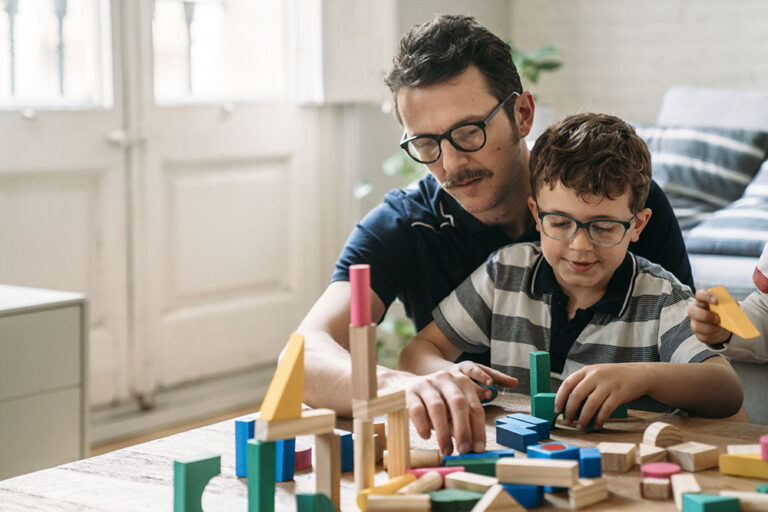According to Prevent Blindness America, children sustain around 11,000 toy-related eye injuries each year. Most toy-related eye injuries are treated without any long-term effects. However, some injuries can require extensive treatment or even cause vision loss. With the right information and increased awareness, many of these injuries can be preventable.
Be aware of the dangers
Toys play a significant role in childhood development. However, it is important to be aware of the potential dangers they can pose, especially to children’s eyes. Between 2010 and 2012, the American Academy of Ophthalmology reported that eye trauma from popular toys, such as airsoft and pellet guns, accounted for a 500% increase in eye trauma. Additionally, a concerning trend in data collected between 2014 and 2022 shows a rise in eye injuries from foam projectiles in children 10 years and younger.
Fun does not always equal safe. While common sense and awareness are your best defense, there are some definite guidelines to help keep children safe. These items should be avoided completely or only permitted with close parental supervision for children of the appropriate age (check toy packaging for age guidelines):
- Toy guns or toys with projectiles
- Fireworks
- Laser pointers or high-powered laser devices
- Age-appropriate sports equipment
- Toys with sharp edges or protruding parts
Additional safety resources:
- Consumer Product Safety Commission (CPSC) – provides a list of toy recalls
- (800) 638-2772
- World Against Toys Causing Harm (W.A.T.C.H.) – provides an annual “10 Worst Toys” list
Select safe toys
It’s smart to establish your own safety checks to help you make the right toy decisions for your child. Follow these recommended steps:
- Prepare: Research the right toys for your child’s age group to determine the toys that interest them. Browse safety and toy reviews online by other parents like you.
- Read labels: Check for “ASTM” on the label, meaning the toy conforms to certain national safety standards.
- Play inspector: Are there sharp, pointed edges on the toy? Examine for sturdy construction.
- Keep safety going at home: Demonstrate proper use of the toy to your child. Put toys away after playtime is over. Dispose of broken toys immediately.
Always remember to do your safety research before hitting the toy aisle, not after. By equipping yourself with safety information and staying “in the know” on toy dangers, you can help prevent toy-related eye injuries and protect your child’s vision.
Sources: All About Vision, AAO, AOA, Glaucoma.org, NIH.gov, Prevent Blindness

